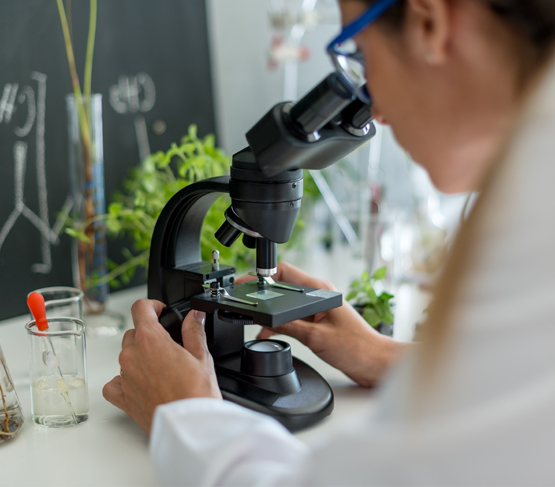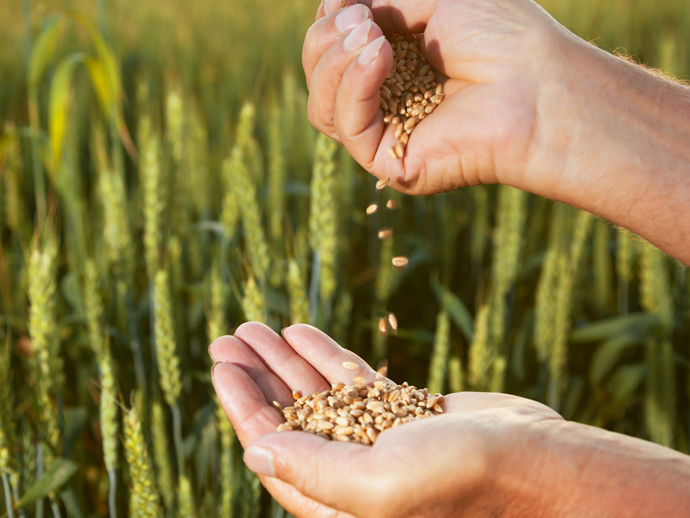Pedigree plant breeding requires crossing carefully chosen parent plants and then selecting the best plants from the resulting offspring to be grown on for further selection. The best character traits to address disease and pest resistance, improve yield and account for the climate the plant is grown in are all considered. Repeating this process over a number of years results in the best plants being selected for seed multiplication and the entry into official trials.
Hybrid breeding exploits the performance boost derived in a single season from the first cross between two carefully selected parent lines. This breeding method is widely used to produce commercial varieties of field vegetables, sugar beet, maize, oilseed rape, and winter barley. Hybrid crops are derived from an established and well-proven breeding method used in the agriculture, horticulture, and ornamental sectors.
Since being introduced nearly 100 years ago, hybrid crops have come to dominate commercial production in many important crop species. The development of hybrid crops has been one of the major factors behind a dramatic increase in global crop yields. This improvement is achieved through breeding two inbred parent lines, which upon crossing delivers heterosis, or ‘hybrid vigour’.


